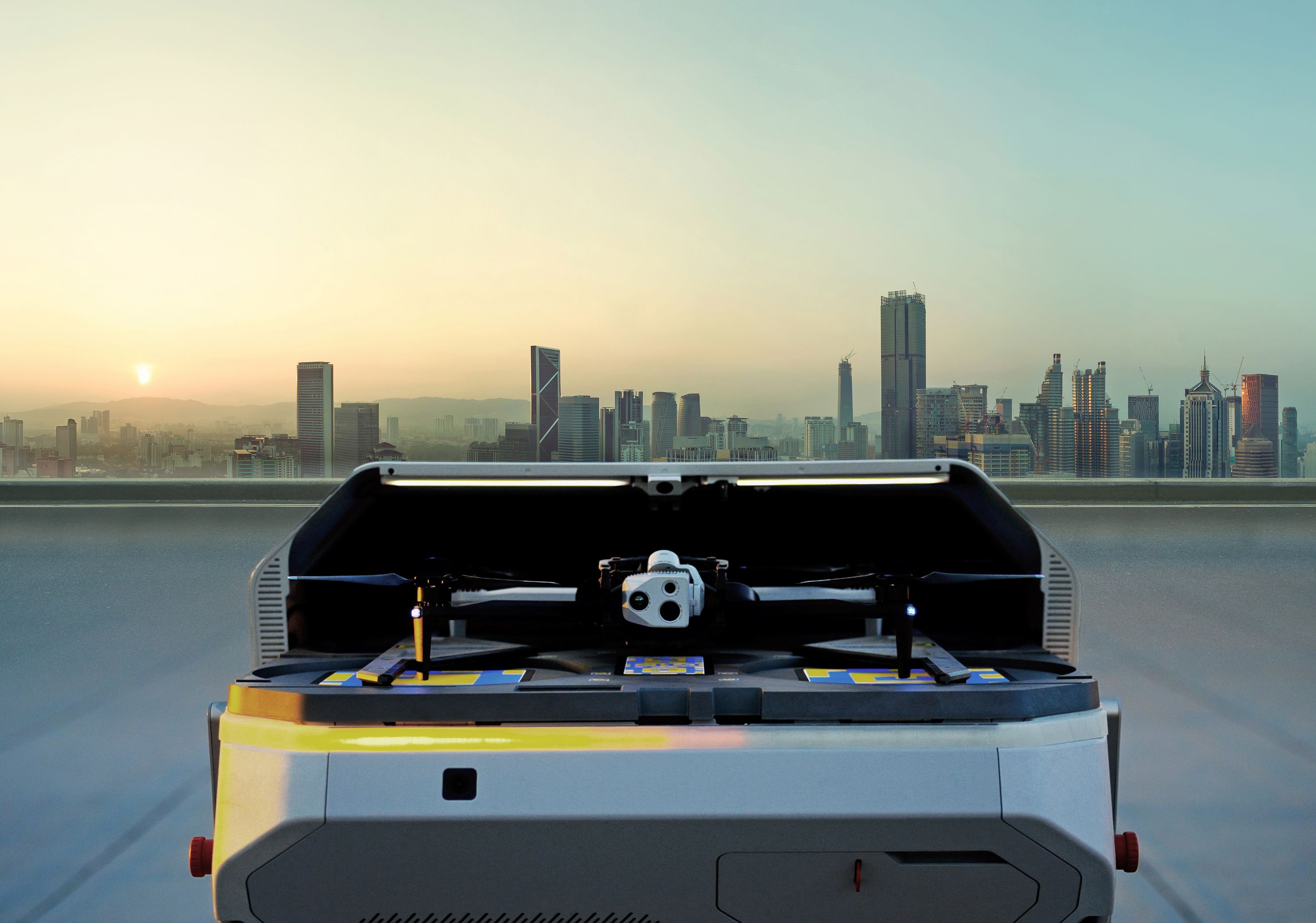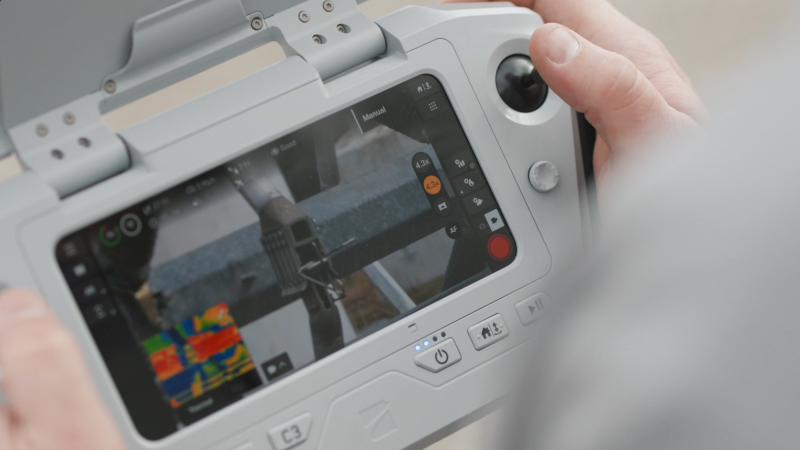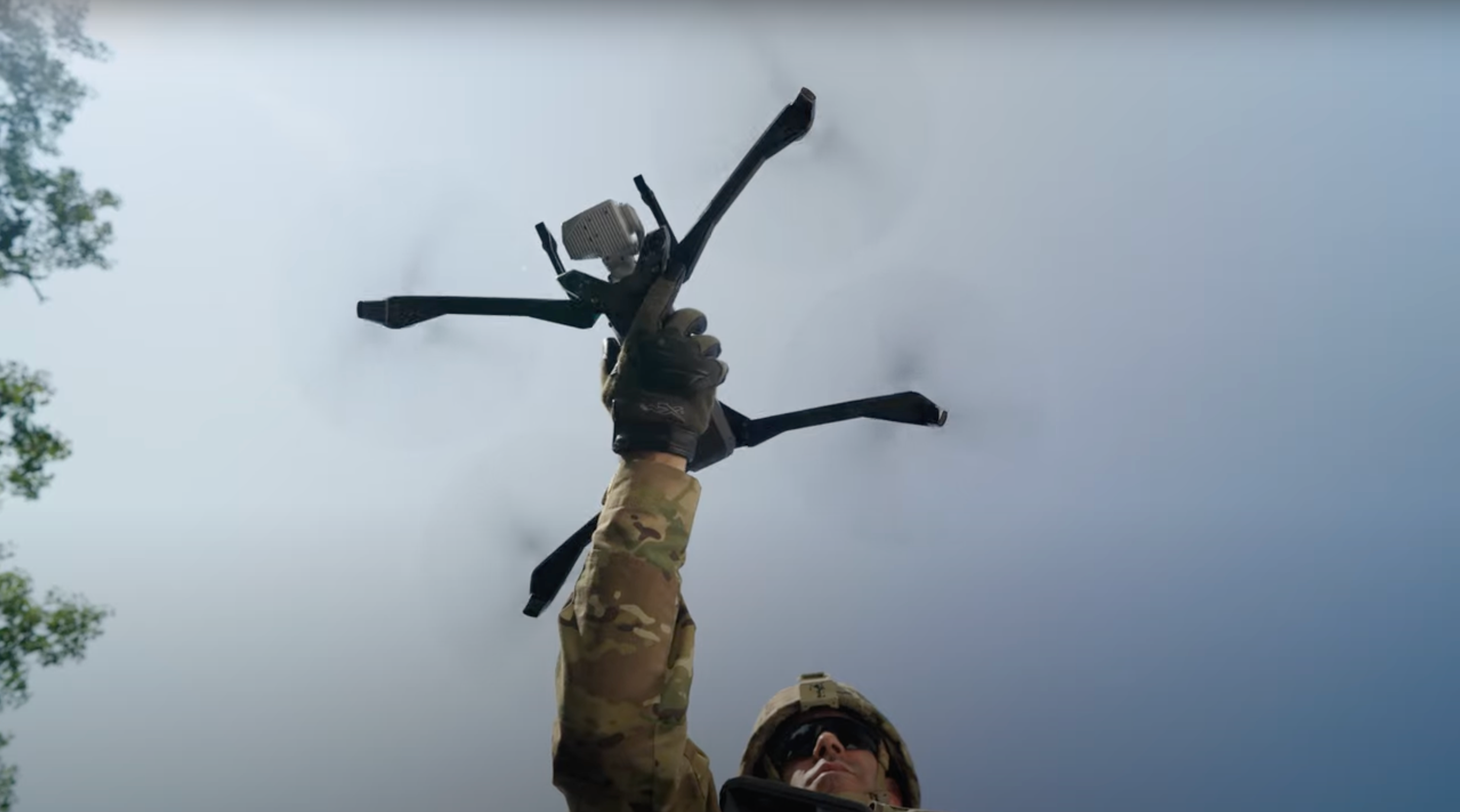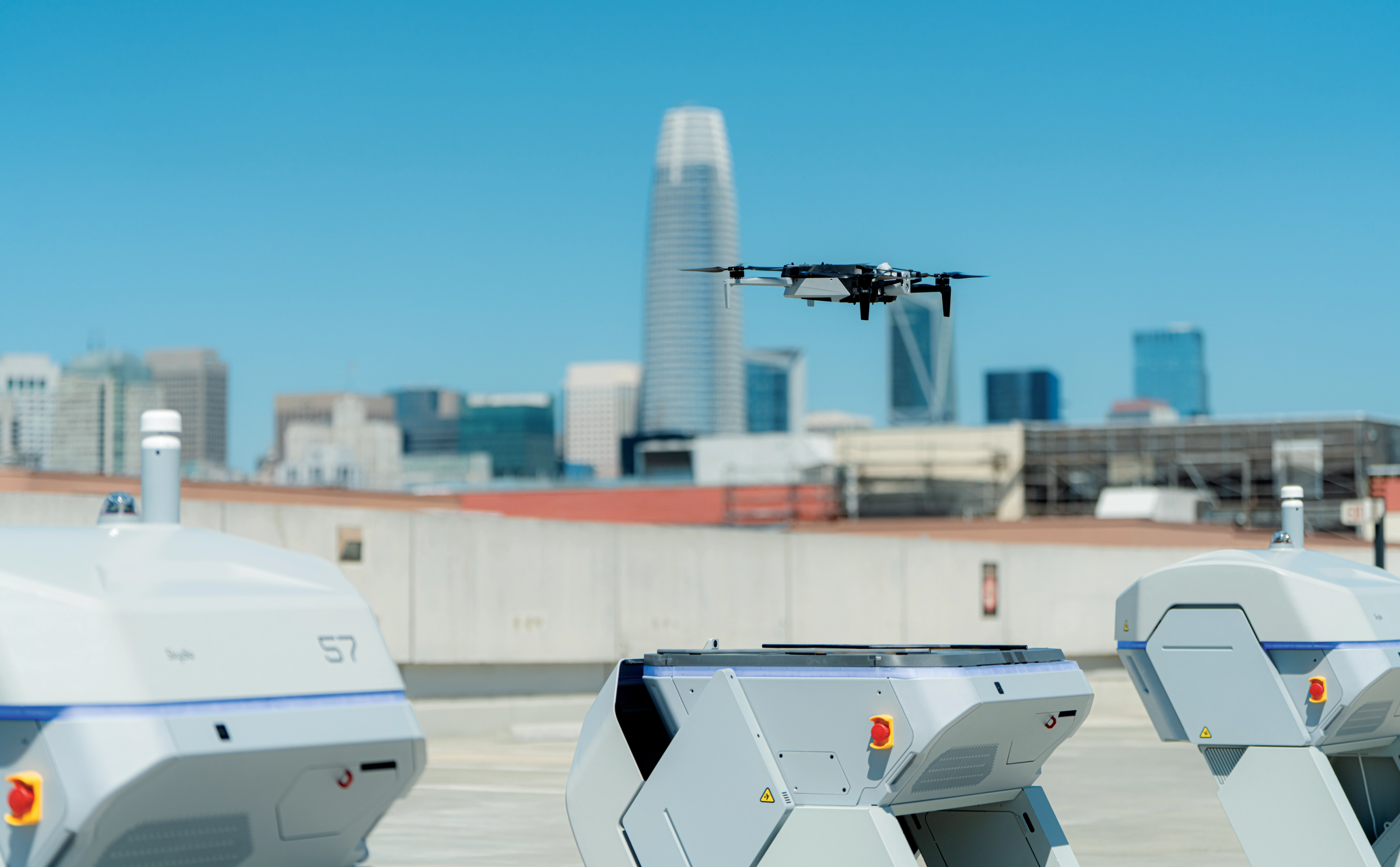I think we’re just scratching the surface. This is probably one of the most significant paradigm shifts in policing that I’ve seen in my police career.
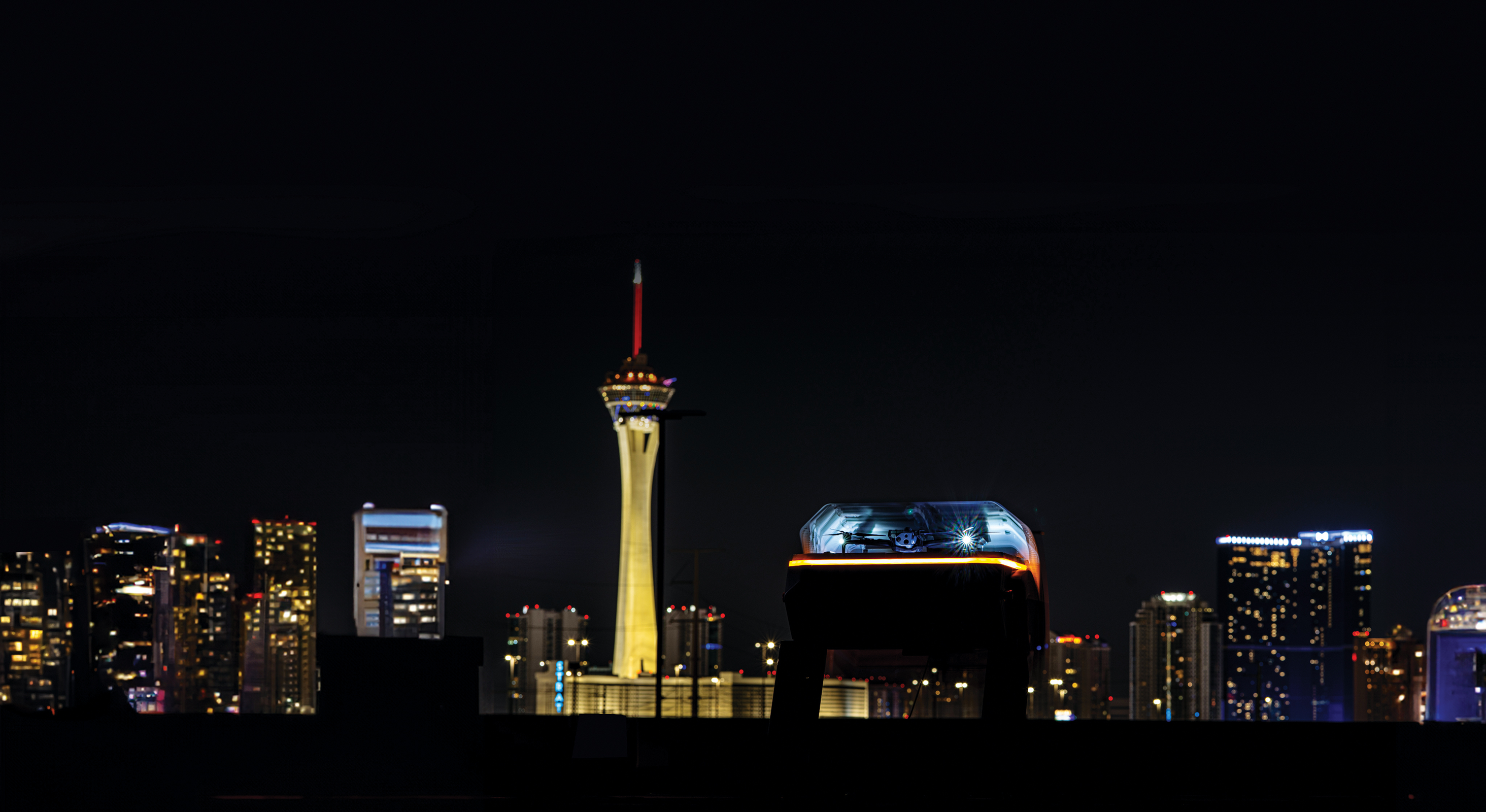
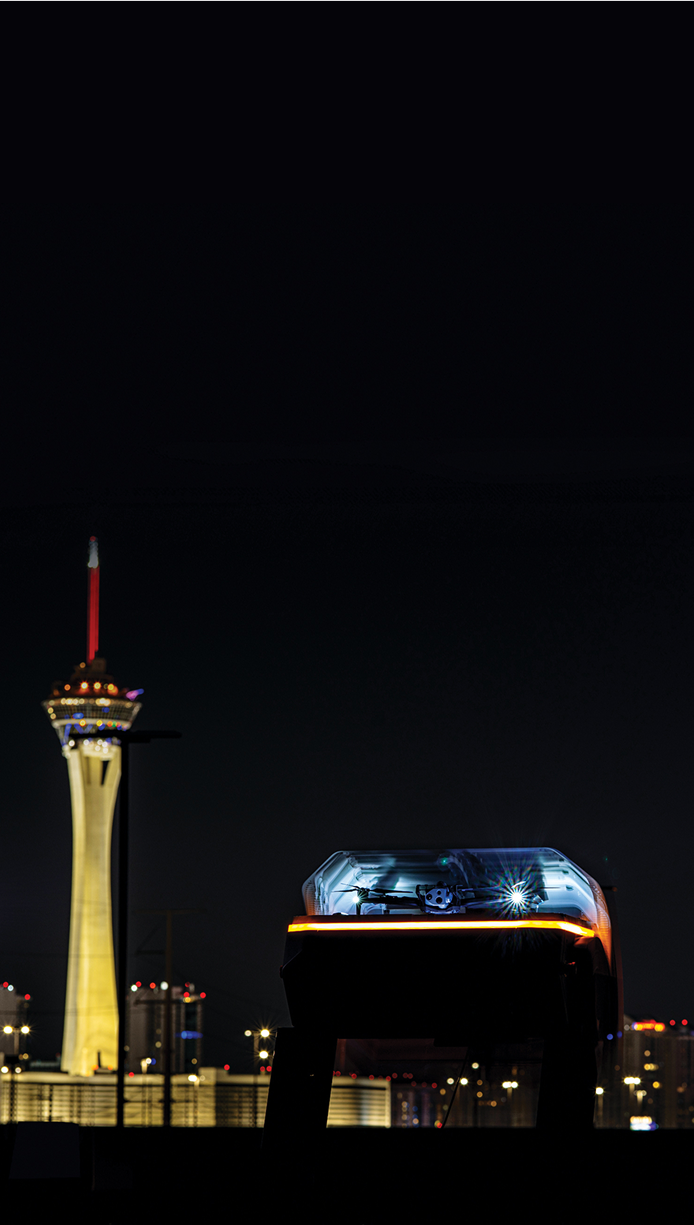


Drone as First Responder in action: Real results

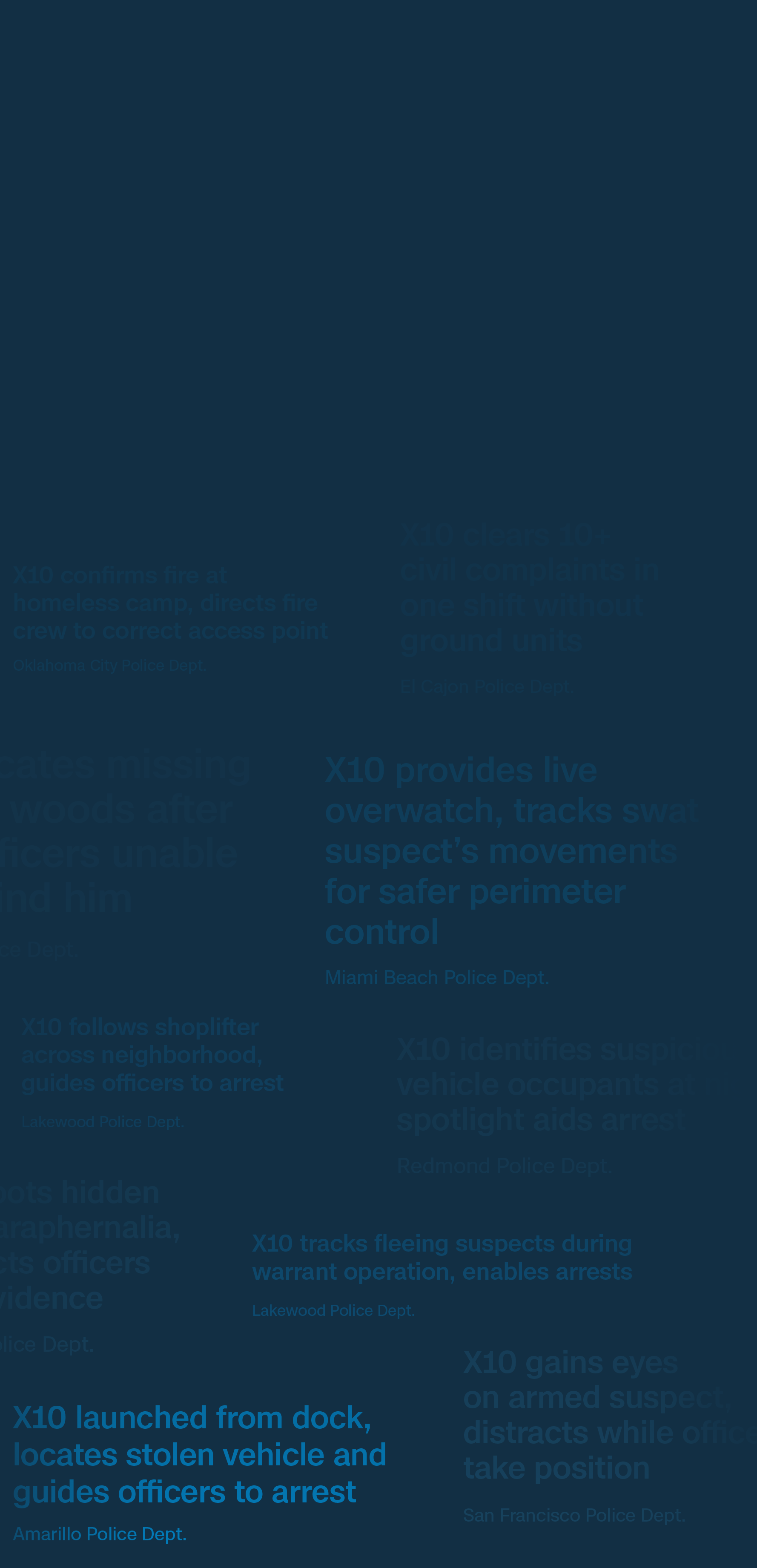
Law enforcement leaders across the country are facing a shared challenge: how to maintain (and improve) public safety with diminishing resources. Chronic staffing shortages, often in the hundreds of officers, have stretched departments thin, forcing difficult decisions about where and how to deploy personnel. Amid these constraints, more agencies are deploying a solution that doesn't depend solely on putting more officers on the streets. They're turning to Drone as First Responder (DFR) programs and Real-Time Intelligence Centers (RTICs) to make existing personnel more effective.
The outcome? Data that's hard to ignore.
SFPD’s RTIC: Data-driven results
In San Francisco, where the department is short 500 officers, the San Francisco Police Department (SFPD) has responded with a strategy centered on DFR and real-time intelligence.
Since launching in 2024, SFPD’s RTIC & DFR program have helped deliver:
drop in overall crime in 2025
reduction in auto theft
arrests
stolen vehicle recoveries
These aren’t just crime statistics—they reflect a fundamental shift in how the SFPD addresses crime in progress.
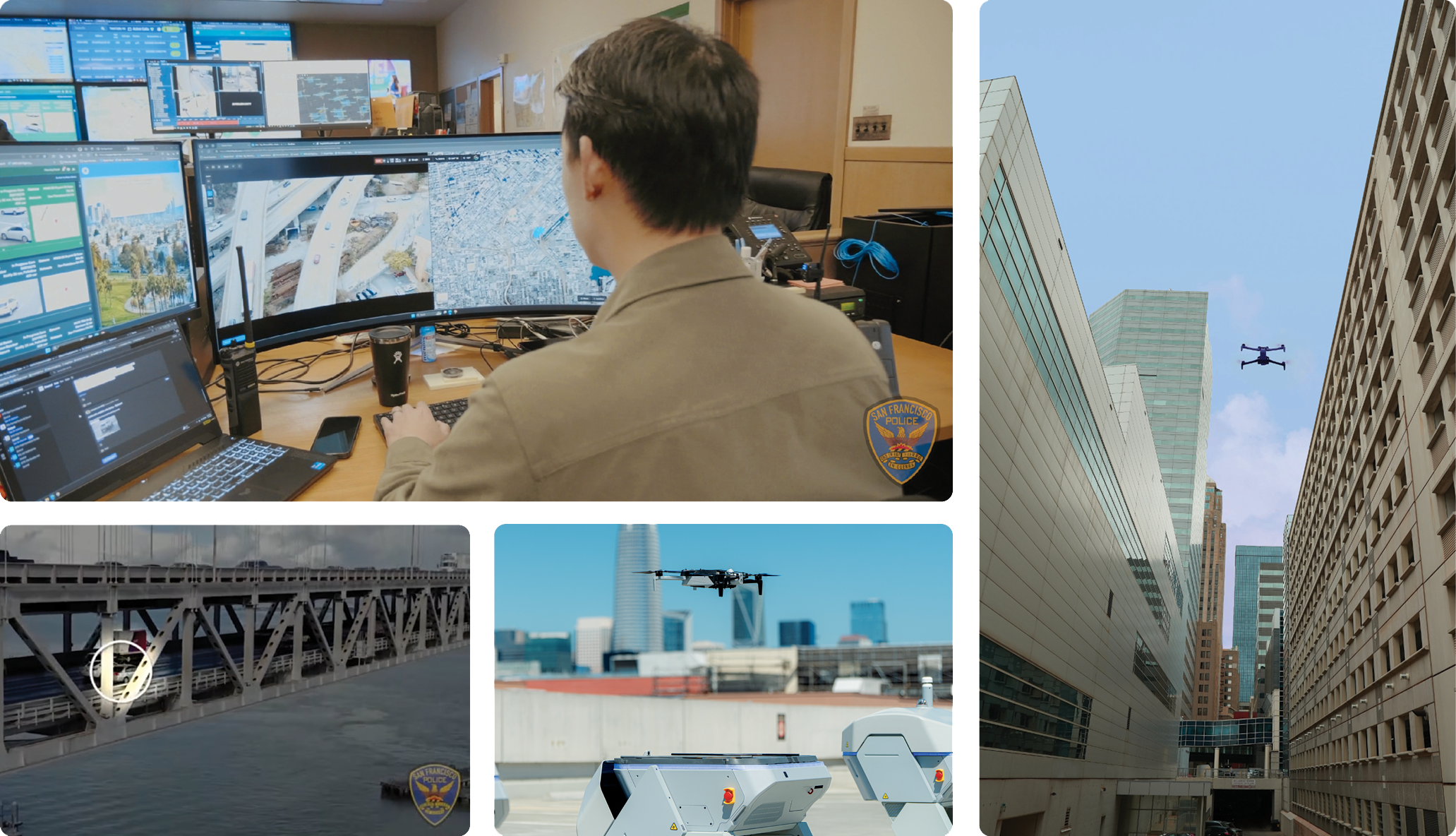
Faster, smarter, response
From the moment a 911 call is placed, it can take 5–10 minutes for ground units to arrive, depending on traffic, time of day, and call volume. In those minutes, the crime may no longer be in progress, suspects may flee, and the opportunity for a timely resolution can slip away.
With DFR, that gap closes quickly.
In many deployments, drones are overhead in less than 90 seconds, often before an officer has been assigned to the call. Over the last year, Redmond (WA) Police Department’s DFR program average time to scene with a drone for Priority 1 calls is 88 seconds, 48% faster than the average officer response. And for Priority 2 calls, drones arrive in 1/3rd the time of an officer.
88 seconds
time to get drone deployed and overhead
48%
faster avg. time to scene for drones vs. officers responding to Priority 1 calls
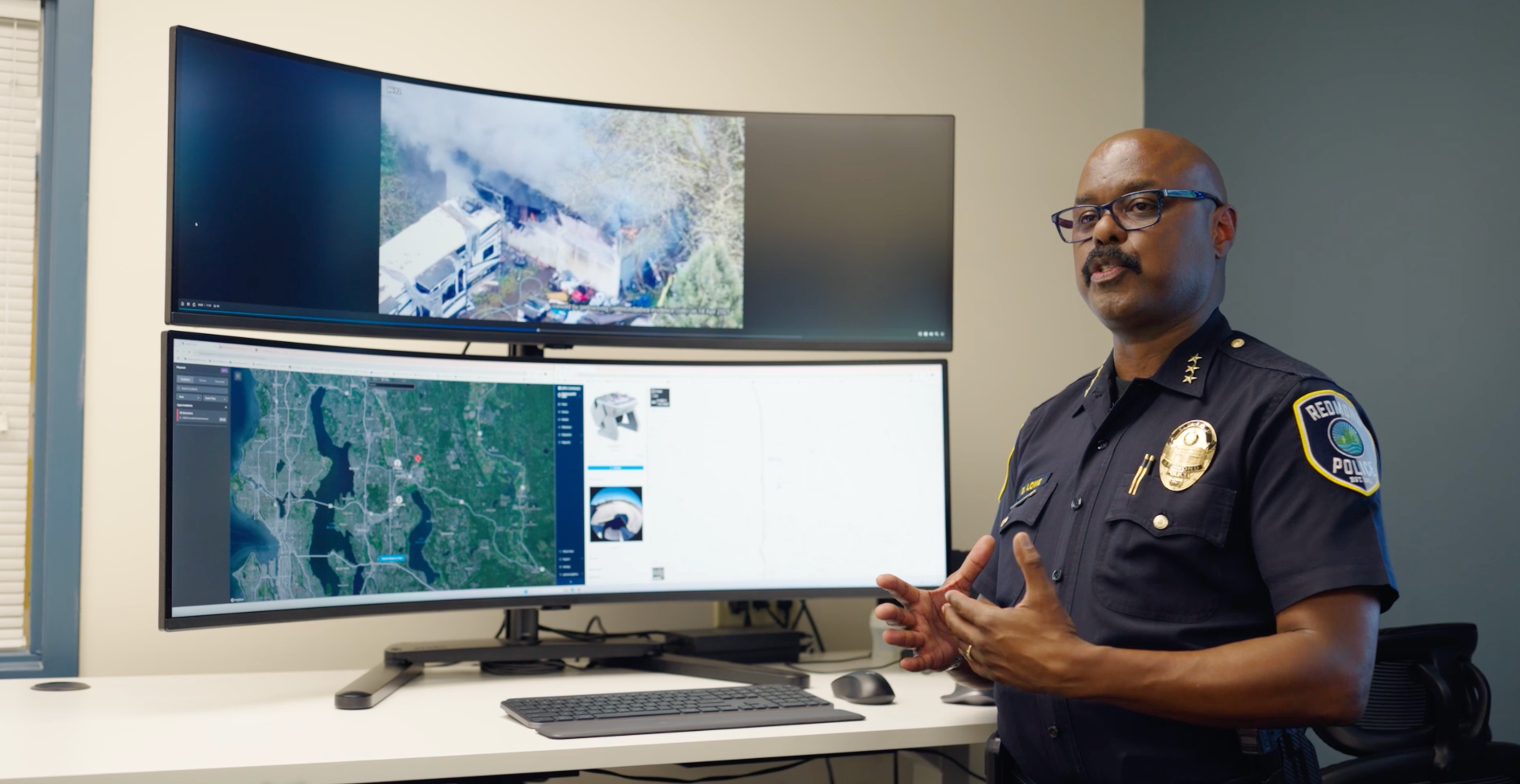
In March 2025, Lakewood Police Department (CO) launched the first phase of its DFR program with one drone on one rooftop. The program goals include faster response to high-priority calls, improved officer safety, and more efficient resource allocation.
The results came quickly. In just 11 weeks:
DFR flights — 153% of their total drone flights from all of 2024
of the time, the drone was first on the scene
of those calls for service were cleared without any patrol response
arrests directly linked to DFR — averaging five per week.
Lakewood’s results reinforce the value of DFR as a force multiplier, not only for arrests but for freeing up patrol officers and allowing smarter prioritization of resources.
This accelerated time of arrival provides dispatchers, responding officers, and command staff with immediate situational awareness, enabling them to observe suspects in the act, track their movements in real time, and direct officers safely to the scene, as seen in a recent organized retail theft apprehension in San Francisco.
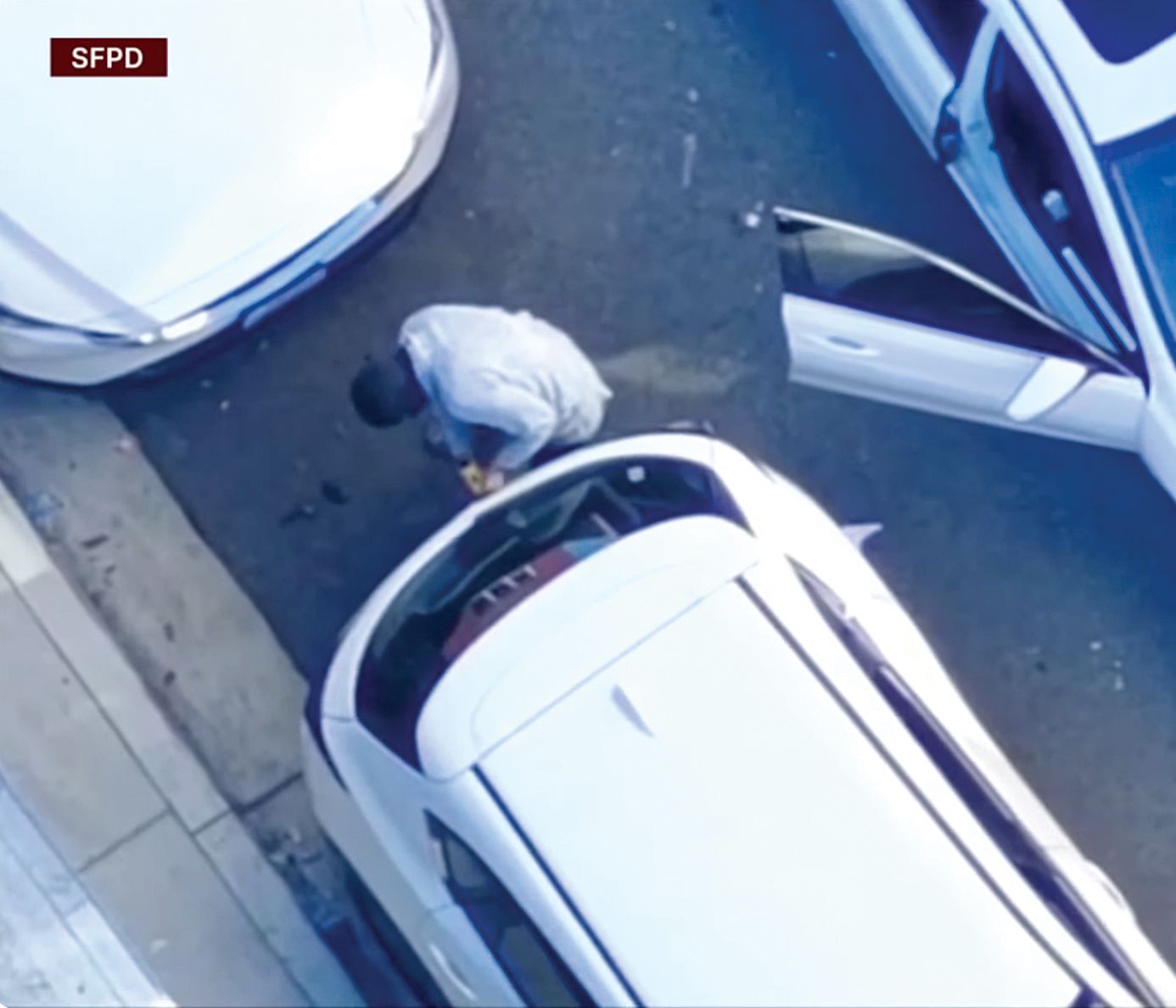
Reducing risk and increasing efficiency
DFR doesn’t just support arrests. It improves officer availability and strengthens cases with real-time evidence capture.
In one notable case, a drone followed a stolen vehicle throughout city streets while the suspect cold-plated the vehicle and tinted the windows. Officers used spike strips to deflate the tires and effected an arrest within an hour of the original call. The drone captured the suspect’s movements in real time, providing investigators and prosecutors with high-quality video to support the case. See how SFPD looks to reduce crime with drone technology.
DFR reduces unnecessary officer dispatches. Chief Darrell Lowe of the Redmond Police Department reports that drones arriving on scene allow them to cancel officer response 25% of the time, freeing units for higher-priority incidents or proactive community engagement.
Other real-world stories include:

Broader applications: A tool for the entire public safety ecosystem
DFR isn’t just for police. Fire and law enforcement often respond to the same calls, whether it’s a traffic collision, hazardous situation, or medical emergency. However, they usually arrive with different information, sourced from various callers and routed through separate dispatch systems. Disconnected information can result in delays, miscommunication, or missed opportunities to coordinate a more effective response.
With DFR arriving on the scene, the real-time information is streamlined and shared across all first responders. Everyone, whether in a patrol vehicle, fire engine, or command center, has access to the same view and situational context. In Oklahoma City, approximately 40% of their DFR deployments are for fire-related calls, with either police or fire personnel operating the drone. Learn about DFR for Fire Service.
A recent OKCPD deployment involved a call from a train engineer who believed he had struck someone but was unsure where the incident occurred. The RTIC immediately launched a drone from a Dock atop a nearby fire station. Within minutes, the operator located the injured person and guided fire and medical personnel to the scene, where they were able to render lifesaving aid. This multi-agency response demonstrates how DFR expands operational impact beyond law enforcement.
Better outcomes, restored trust
The success of DFR and RTIC demonstrates what’s possible when agencies prioritize real-time data and rapid response. These tools don’t replace first responders. They multiply their impact.

In New York City, the NYPD reports making 200 arrests related to subway surfing and estimates that 200 lives may have been saved because of the DFR program. In addition to enforcement, the department shares drone footage with families as part of a broader strategy to raise awareness and prevent future incidents.
NYC Deputy Mayor for Public Safety Kaz Daughtry describes the city’s strategy as rooted in interagency coordination, real-time intelligence, and cutting-edge technology. Drones are seen as a force multiplier—saving lives, protecting infrastructure, and keeping first responders safe.


As law enforcement leaders look toward the future, the question isn’t whether departments can afford to invest in these capabilities— it’s whether they can afford not to, in a time when every second, every officer, and every resource counts. Smarter policing starts with smarter tools.
The promise of DFR is not just in the lives it saves, but in what it delivers: better outcomes, stronger communities, and a safer tomorrow.
